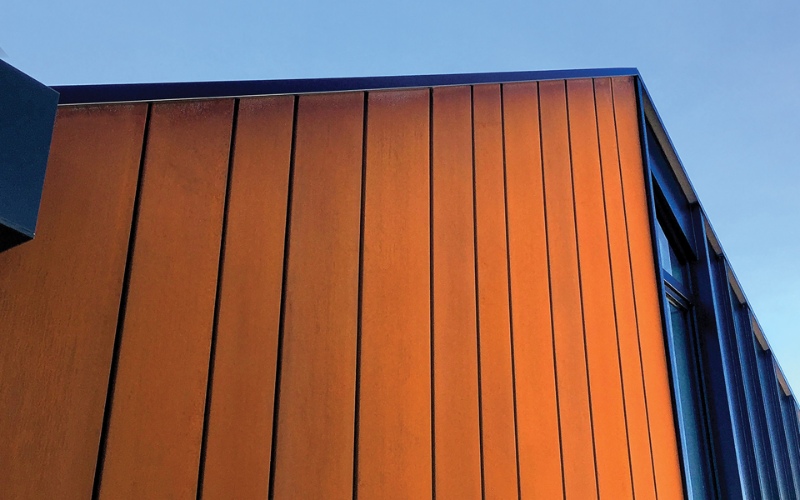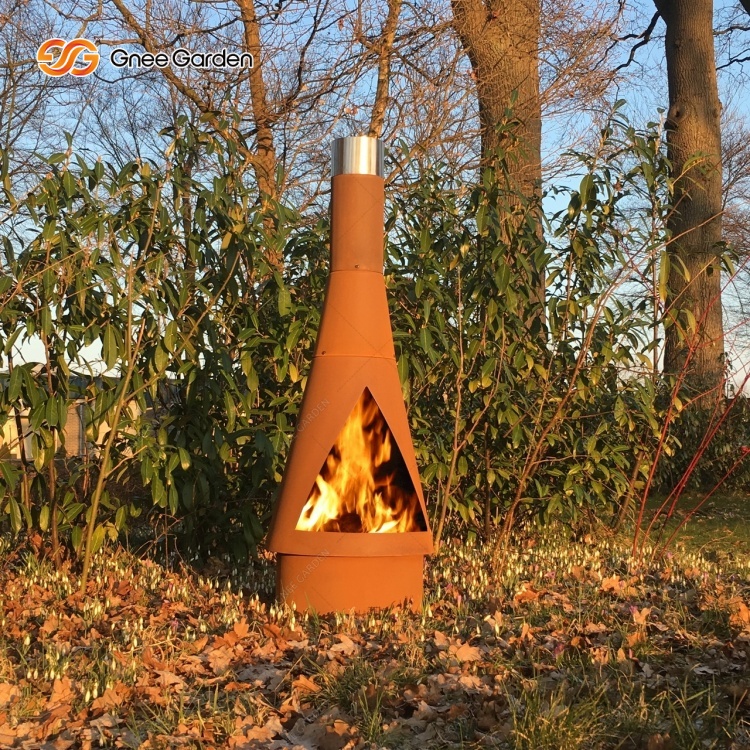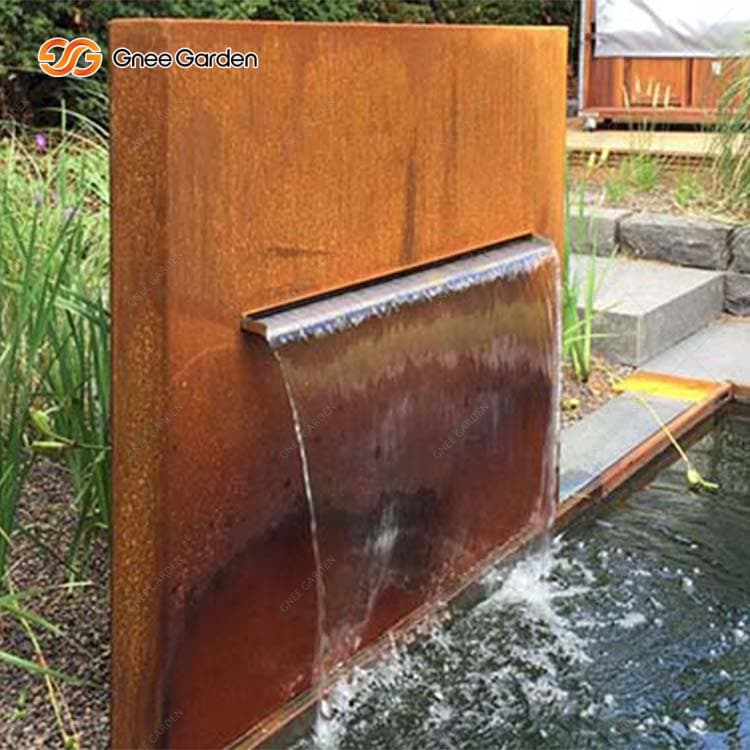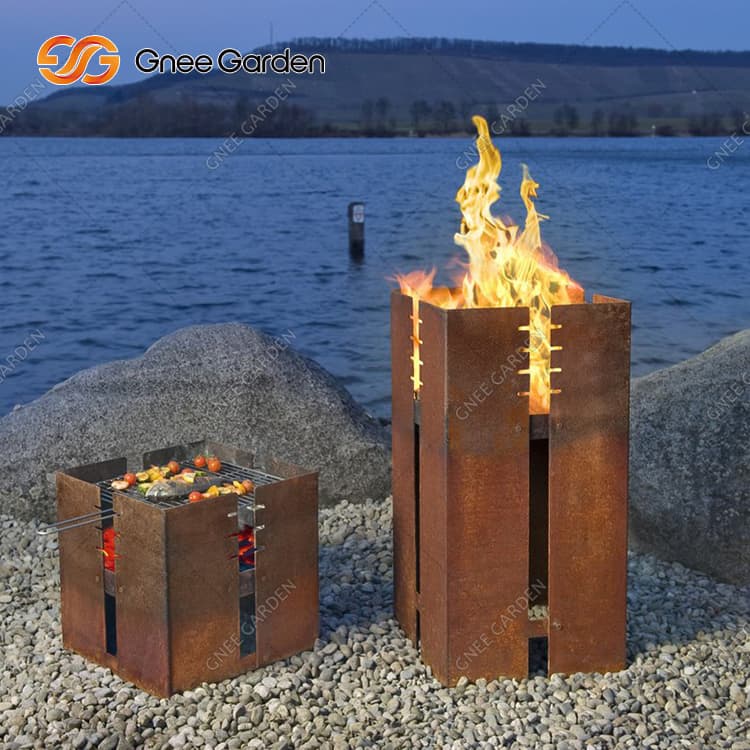Factors to be Considered in Welding Corten Steel
When one undertakes the task of welding Corten steel, there are several important factors that demand careful consideration to ensure a successful and durable weld. These factors encompass the composition and properties of Corten steel, pre-welding preparations, welding equipment and consumables, as well as welding techniques and precautions.
Composition and Properties of Corten Steel
Corten steel, oftentimes referred to as weathering steel, belongs to a group of steel alloys that develop a stable rust-like appearance when exposed to the elements. It is primarily composed of iron, with small quantities of copper, chromium, and nickel. The unique composition of Corten steel grants it enhanced corrosion resistance and mechanical properties, rendering it suitable for outdoor applications.
Pre-welding Preparations
Prior to embarking upon the welding of Corten steel, certain preparations must be undertaken to ensure a strong and reliable weld. These preparations encompass surface cleaning and the removal of any impurities, such as dirt, grease, and rust. It is of utmost importance to possess a clean surface to facilitate proper fusion and adhesion. Additionally, joint design and fit-up should be meticulously considered to ensure proper alignment and minimize stress concentrations.
1. Surface Cleaning and Impurity Removal
Before commencing the welding process, the surface of Corten steel ought to be meticulously cleaned using a wire brush or sandblasting to eliminate any contaminants. This will enable better fusion and prevent the formation of weak spots in the weld.
2. Joint Design and Fit-up
The design and fit-up of the joint play a pivotal role in the overall strength and integrity of the weld. It is imperative to ensure that the edges to be welded are properly aligned and possess the correct gap and angle. A proper fit-up will facilitate the even distribution of welding heat and mitigate the risk of distortion or cracking.

Welding Equipment and Consumables
The selection of appropriate welding equipment and consumables is of paramount importance in achieving high-quality welds on Corten steel. The choice of suitable welding processes and filler metals is contingent upon the thickness of the steel and the desired mechanical properties of the weld.
1. Suitable Welding Processes for Corten Steel
Commonly employed welding processes for Corten steel encompass shielded metal arc welding (SMAW), gas metal arc welding (GMAW), and flux-cored arc welding (FCAW). Each process possesses its own set of advantages and limitations, thus necessitating the selection of the most suitable process based on the specific welding requirements.
2. Recommended Filler Metals
When welding Corten steel, it is advisable to employ filler metals that match or surpass the mechanical properties of the base material. Filler metals commonly utilized include AWS ER70S-6 for mild steel and AWS ER80S-Ni1 for weathering steel. These filler metals confer commendable strength and corrosion resistance to the weld.
Welding Techniques and Precautions
Adherence to proper welding techniques and precautions is crucial in ensuring the successful welding of Corten steel and minimizing the risk of defects or failures.
1. Control of Welding Temperature and Heat Input
Exercising control over the welding temperature and heat input is imperative in preventing excessive distortion and preserving the mechanical properties of the weld. It is essential to adhere to the recommended welding parameters provided by the filler metal manufacturer and monitor the heat input throughout the welding process.
2. Avoidance of Excessive Distortion and Warping
Due to its unique composition and properties, Corten steel has a propensity to distort and warp during welding. To mitigate distortion, it is advisable to employ a balanced welding sequence, employ tack welds to secure the joint in place, and utilize clamps or fixtures to ensure the stability of the workpiece during welding.

Frequently Asked Questions about Welding Corten Steel
1. Is it easy to weld Corten steel?
Welding Corten steel requires proper welding techniques to ensure the integrity and durability of the welded joints. Failure to employ these techniques can result in weak welds, reduced corrosion resistance, and potential structural issues.
2. What factors should be considered when welding Corten steel?
Several factors need to be considered when welding Corten steel, including its composition and properties, pre-welding preparations, welding equipment and consumables, as well as welding techniques and precautions.
2.1 What is the composition of Corten steel?
Corten steel is primarily composed of iron, with small quantities of copper, chromium, and nickel. These elements give Corten steel enhanced corrosion resistance and mechanical properties.
2.2 What preparations are necessary before welding Corten steel?
Prior to welding Corten steel, it is important to clean the surface to remove impurities such as dirt, grease, and rust. Joint design and fit-up should also be considered to ensure proper alignment and minimize stress concentrations.
3. What welding equipment and consumables should be used for Corten steel?
The selection of welding equipment and consumables depends on the thickness of the steel and the desired mechanical properties of the weld. Common welding processes for Corten steel include shielded metal arc welding (SMAW), gas metal arc welding (GMAW), and flux-cored arc welding (FCAW). Recommended filler metals include AWS ER70S-6 for mild steel and AWS ER80S-Ni1 for weathering steel.
4. What welding techniques and precautions should be followed for Corten steel?
Proper control of welding temperature and heat input is important to prevent distortion and preserve the mechanical properties of the weld. Measures should also be taken to avoid excessive distortion and warping. It is crucial to follow recommended welding parameters and employ a balanced welding sequence.
5. What are the challenges in welding Corten steel?
Challenges in welding Corten steel include its high carbon content, the presence of alloying elements, the formation of hard and brittle zones, and the potential for reduced corrosion resistance. These challenges require specific welding techniques and procedures to ensure successful welds.






